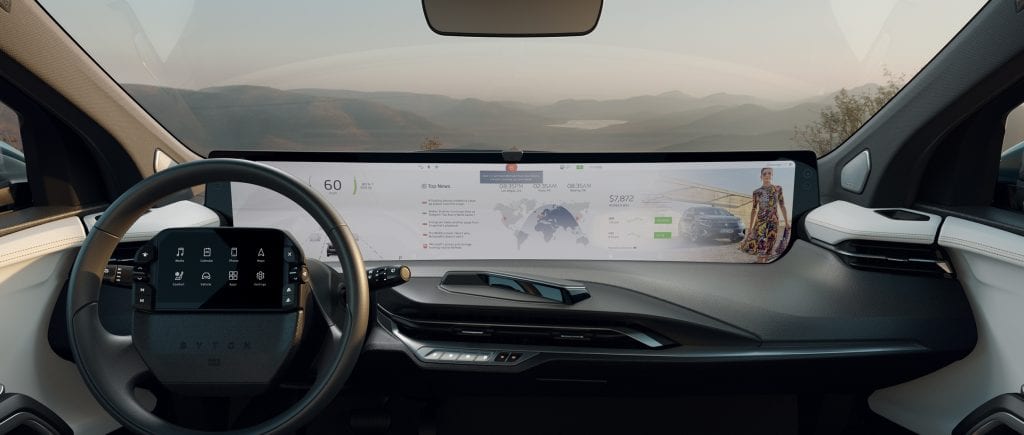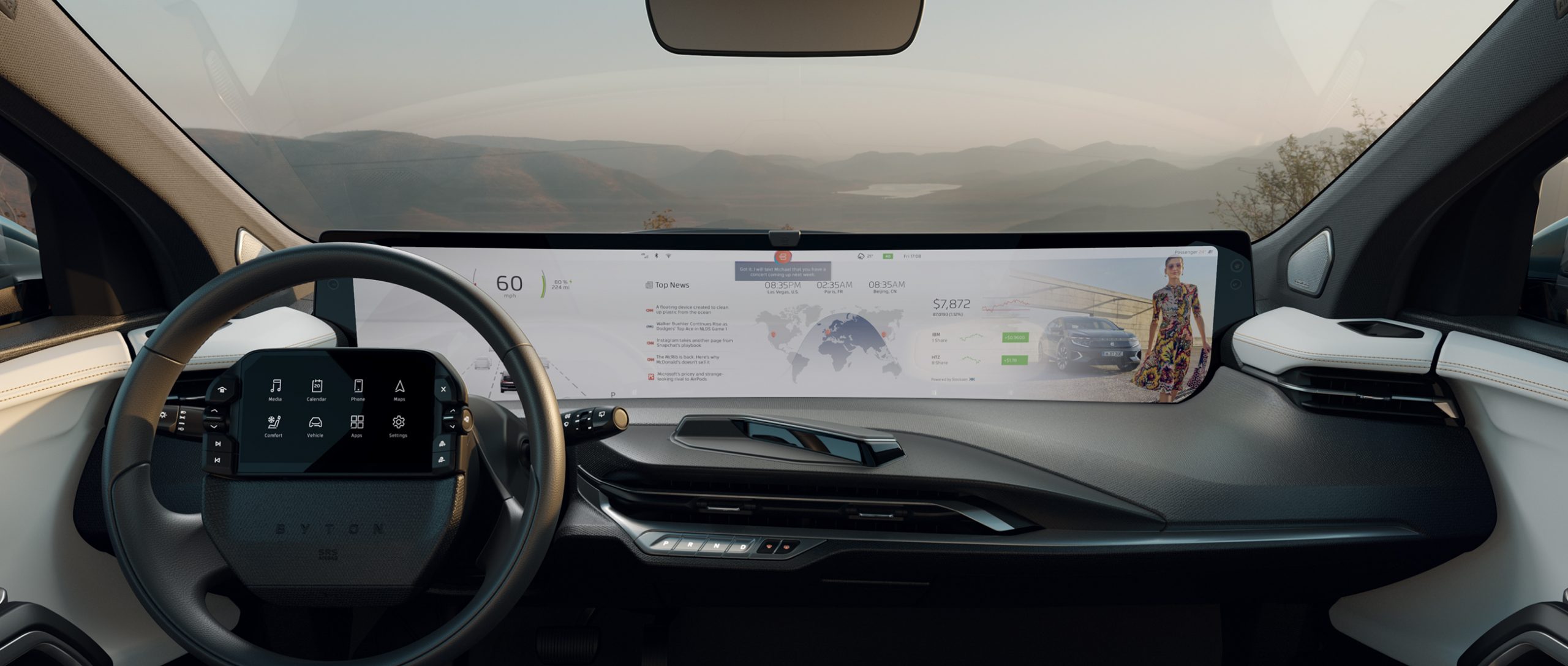At SEMI’s 2020 Industry Strategy Symposium (ISS), held January 12-15th at Half Moon Bay in California, Shawn DuBravac, CEO, Avrio Institute, gave his insights on major trends in consumer electronics, with specific examples from the recent Consumer Electronics Show (CES).
DuBravac, who was for many years the chief economist and director of research for the Consumer Technology Association — the group that puts on the Consumer Electronics Show (CES), held January 7-10, 2020 – provided a wrap-up of this year’s event.
In general, DuBravac sees a shortening of innovation cycles and rapidly changing technology, but noted adoption often takes years to play out. “When you look at some of the basic building blocks like 5G, that’s really a long time horizon. There’s a 10 -15 year time horizon until we fully start to unleash the capabilities of that,” he said. “It really isn’t a mobile phone technology. When we start to put it into other things, many of which aren’t connected today, is when we’ll really start to unleash the capabilities.”
He said the most notable trend CES was artificial intelligence. “I would argue that, at the fundamental level, AI is about making predictions cheap and inexpensive. Whether we call it machine learning, computer vision or NLP (natural language processing), it’s all about taking data and making an easy prediction,” he said.
LG, for example, launched a washer and dryer at CES that use sensors to predict what clothes you put in it, and then adjusts the setting. L’Oreal showed a makeup kit that does a series of predictions based on a scan of your face and third party data such as weather and time of day to predict the type of makeup that you should put on. Colgate introduced a new connected toothbrush with advanced metrics. “In the years to come we are going to see a lot of these types of predictions about environments, or about what consumers might want, or what we might want in a given environment,” DuBravac said.
Another trend is increased use of inexpensive cameras. Samsung, for example, showed how they can use cameras inside of a refrigerator to identify what is in stock and provide recipes that match. The company also showed a prototype of typing without a keyboard using the image sensors on a smartphone. “This will be difficult for children who have never really learned how to type, but you can see that we’ll start to use image sensors in non-traditional ways,” said DuBravac.
Automotive applications were all the rage at CES, to the point where many are saying it’s the new car show. BYTON, a Chinese manufacturer, showed a new electric vehicle that has a 48 inch display (Figure 1). “Those are getting very big. You’re going to want to have a lot of information on that,” DuBravac said.

Delta highlighted a new technology called parallel reality, which allows people to scan their boarding pass in an airport and see pertinent information on large display boards tailored specifically for them. “The way they do it is they do it with a multi-pixel display,” DuBravac said. “Up to a hundred people can be standing in front of the same display, each only seeing the information that is intended for them.” The technology is currently in a test program in the Detroit airport. “We see this idea of creating customization and personalization using image sensors,” he added.
Inexpensive LIDAR systems were also highlighted at CES. Intel launched a $350 LIDAR disk through its Real Sense brand. Leica showed a hand-held LIDAR system that allows users to walk through a building and get a 3D scan of the building. A prototype of a self-driving street sweeper with an inexpensive LIDAR system was shown. “When LIDARs were $100,000 systems, they’re not going to be used in a street sweeper-type environment. But when they get down to several hundred dollars, then we can start to create autonomous vehicles of lots of different shapes and sizes,” DuBravac said.
Another trend at CES was increased integration of digital assistants such as Google’s digital system and Alexa, such as what’s found in the new Moen faucet. “You can say things like ‘Alexa, give me one cup of water at 102 degrees,’ and your faucet will then deliver you one cup of water at 102 degrees,” DuBravac said. “You can get exactly what you want in a hands-free type of environment.”
Similarly, Sleep Number introduced a new bed that has autonomous features built into it. “It has microphones and other sensors that are used to detect if you are snoring, and if you are then it will raise the head for you to help offset snoring. It will also adjust the temperature of the bed to optimize your circadian cycle,” DuBravac explained. “As much as we talk about autonomous cars, we’re going to see a lot more autonomous features showing up in other products.”
Other products shown at CES include an external skeleton from Sarcos Robotics designed to help people lift heavy loads; self-driving wheelchairs; 8K televisions; and life-like digital assistants from Samsung-owned Neon Life. “You can easily imagine that in 10 years when you walk into a McDonald’s and you go to order off a kiosk, you’ll have the ability to order using your voice. And maybe their digital assistant will be something like Ronald,” DuBravac said. “You’ll probably see AR and VR mixed into this reality as well. I’ve seen restaurants run prototypes where they’re creating 3D renderings of the food so that if you had AR glasses on, or using even an app on your phone, you could see a 3D rendering of the meal.”
A variety of electric vehicles were also on display at CES this year from non-traditional suppliers such as BYTON, Fisker and Sony. “Some of these traditional markets that we’ve always considered well locked down by incumbents are in flux,” DuBravac said. “As the prices on electric vehicles and electrical components go down, we are seeing companies like Bosch build skateboard-like platforms.”
DuBravac also saw increased interest in the data generated by autonomous machines. “We used to think all of this data being produced as a byproduct of the product, but it’s increasingly becoming the product.” For example, every time Mobileye drives a car down the road, it can determine if anything in that environment has changed. “They’re packaging that data up and providing it back to municipalities so that they can monitor anything that’s changed and get real-time alerts about things that are changing inside the city,” DuBravac said.
Also see:
